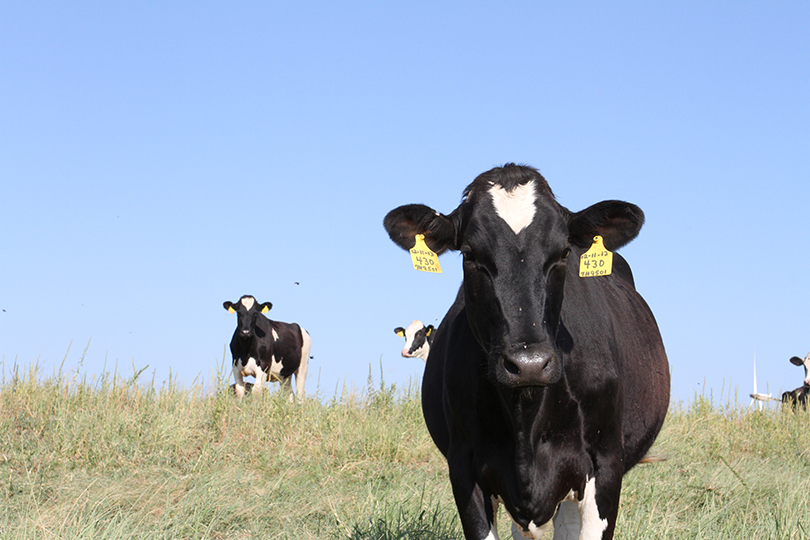The U.S. beef industry, of which dairy cows comprise a significant portion, continues to improve the quality of its management practices, according to the 2016 National Beef Quality Audit (NBQA) commissioned by the Beef Quality Assurance (BQA) program.
“As dairy cows continue to grow as an integral part of the U.S. beef supply, these results demonstrate that producers are dedicated not only to producing a safe, wholesome, high-quality milk product but also to showing that same dedication to the meat produced by the dairy sector,” said Jim Mulhern, president and CEO of the National Milk Producers Federation.
Any dairy farm participating in FARM Animal Care Version 3.0 will receive BQA certification equivalency. The two programs work collaboratively through their partnership to provide a collection of resources for farmers and ranchers. One example is a dairy stockmanship training video released earlier this year.
For 25 years, the beef checkoff-funded National Beef Quality Audit has delivered a set of guidelines and measurements to help ranchers determine quality conformance of the U.S. beef supply. Today, dairy cows represent 20 percent of the U.S. beef supply, a sharp increase from 5.5 percent in 2011.
The NBQA results through the years have helped improve cattle and beef production and now also capture insights on beef quality and information related to food safety, sustainability, animal well-being and consumer preferences.
According to the 2016 results, the cattle industry continues to make progress in reducing defects that negatively impact beef quality.
Lameness in cull cattle, for example, has improved significantly. Today, 76 percent of cull cattle are identified as sound. Body condition scores of cull cattle have also improved. Only 9.3 percent of cattle were identified as “too thin,” compared to 22 percent in 2007. The number of blemishes, condemnations and other attributes that detract from value also remain minimal.
One improvement the audit revealed is that the industry can more effectively communicate beef’s benefits to consumers.
“The research proved the cattle industry has a great story to tell, but also suggests we aren’t getting that story to as many people as we should,” Josh White, executive director of Producer Education for the National Cattlemen’s Beef Association said. “Utilizing the Beef Quality Assurance and the FARM programs and the shared principles more uniformly throughout the beef and dairy industries can not only enhance industry commitment to better beef, but would help increase consumer confidence and encourage greater beef demand. This research suggests that carrying the BQA and FARM message throughout the industry will benefit every beef audience.”

